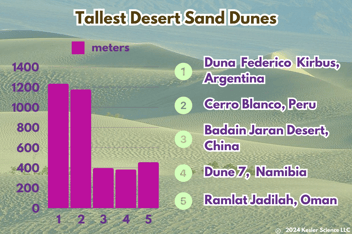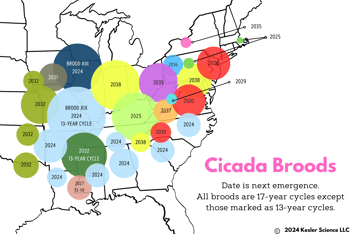Virtual Tasting - Kesler Science Weekly Phenomenon and Graph
Growing up, my mom would get magazine subscriptions delivered to the house. When you flip through the pages, a little slip of smelly paper would sometimes tumble out.
The little cards were perfume samples. The idea was to give the reader a little demo of a fragrance they could buy at the store if they liked it. I have no idea if magazines still do this anymore, but I do know that being able to see, touch and smell the magazine enhanced the whole experience.
How much more engaging would a Zoom call with a friend or a shopping spree on Amazon be if our other senses were looped in? Researchers are experimenting with ways to transmit the sense of taste remotely - and they're getting some decent results!
Imagine you just found a new coffee shop and you're dying to show your friend how good their drinks are. Or you're ordering takeout from a restaurant and can't decide which meal to choose. Tasting things over our phone or computer could totally change our virtual experience.
The downside is, it's pretty hard to send a flavor hundreds of miles away. There have been experiments with stimulating taste buds using electrical signals, but there's still too much we don't know about how the tongue perceives flavors for it to be effective.
A recent breakthrough uses a contraption called the "e-Taste" device. Picture a mouthguard that delivers different concentrated flavors using micropumps, and you get the idea. The device has packets of chemicals to replicate the different flavors we could taste: glucose for sweet tastes, citric acid for sour, and magnesium chloride for bitter flavors. A flavor sent over the internet would have a unique combination of these different chemicals.
The bar is set pretty low for initial tests. Researchers were happy that most participants were able to detect the difference between fish soup and cake flavors delivered with the e-Taste device. 😂 But things can only get better from here! Scientists are hopeful they can shrink down the technology further and increase the variety of "source flavors" to help improve the experience.
Truly replicating how we taste our favorite foods and drinks is proving to be quite the challenge. Enjoying food involves taking in the aroma and texture, not simply the flavor. Could the e-Taster be the first step in virtually engaging all of our senses? It's an exciting idea for sure!
Speaking of taste buds, did you know that our ability to perceive flavors changes over time? This might explain why little kids are such picky eaters. Take a look at this graph showing how a test subject's ability to taste salty flavors changes with age:
If I brought this graph to my students, here are some questions I'd ask them:
💡What is the dependent variable for this graph? The dependent variable on the Y-axis is "Intensity."
💡Which age group notices the salty taste first? Which age group tastes the salt most intensely later in the test? The older age group tastes the salty flavor first, but the younger group tastes the salt most intensely later in the test.
💡At what time on the graph do both the older and younger groups taste the salt flavor with the same intensity? The older and younger lines intersect and taste salt with the same intensity at a little over 2 seconds.



